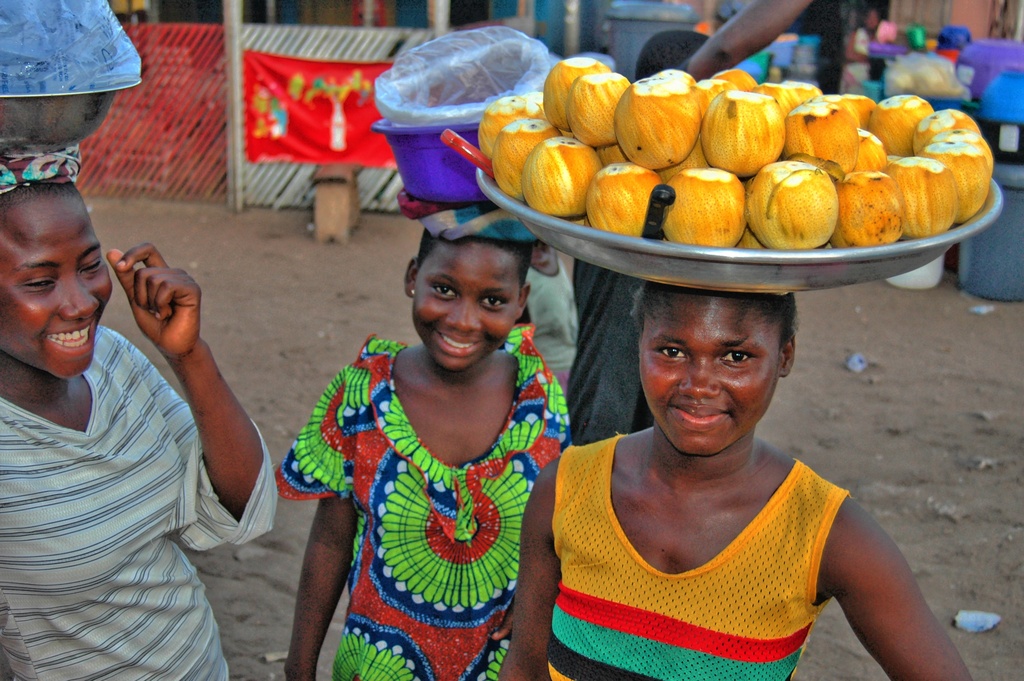Jan Valckenburgh
Biography of Jan Valckenburgh
Full Name: Jan Valckenburgh
Birth: circa 1623, Amsterdam, Dutch Republic
Death: 1667, Amsterdam, Dutch Republic
Nationality: Dutch
Occupation: Merchant, colonial administrator, Governor of the Dutch Gold Coast
Known For: Strengthening Dutch presence on the Gold Coast in the 1650s; fortifying Elmina Castle and expanding Atlantic trade
Early Life and Career
Jan Valckenburgh was born around 1623 in Amsterdam, the thriving commercial heart of the Dutch Republic during the Dutch Golden Age. Coming from a modest background, he began his career as a clerk in the Dutch West India Company (WIC), the semi-private trading corporation that managed Dutch colonial and commercial interests in the Americas and West Africa.
Valckenburgh's intelligence, ambition, and knowledge of trade and administration propelled him quickly through the ranks of the WIC. His career coincided with the Dutch Republic’s growing focus on the West African coast, where competition with the Portuguese and English was intense.
Governor of the Dutch Gold Coast
Valckenburgh was first appointed Director-General (Governor) of the Dutch Gold Coast in 1656, based in Elmina, the headquarters of Dutch operations in West Africa. He served two non-consecutive terms (1656–1659 and 1662–1667), making him one of the most important and long-serving Dutch colonial administrators in West Africa during the 17th century.
At the time, the Dutch had recently ousted the Portuguese from Elmina (in 1637), and they were consolidating their control over the region. As governor, Valckenburgh focused on three main areas:
Fortification and Infrastructure:
Valckenburgh strengthened and expanded Elmina Castle, turning it into one of the most formidable fortresses on the West African coast. He added new defensive walls, bastions, and storage facilities, improving the Dutch ability to withstand attacks and protect their trade.Trade Expansion:
Under his leadership, Dutch trade in gold, ivory, and enslaved Africans expanded significantly. Valckenburgh established stronger ties with inland African polities, particularly the Asante and other Akan states, who were key suppliers of gold and captives. He also sought to improve trade logistics and shipping efficiency.Diplomacy and Power Projection:
Valckenburgh worked to assert Dutch authority over rival European powers along the coast, especially the English and the Danes, who were establishing competing forts and trade posts. He also managed complex relations with African rulers, balancing diplomacy, military presence, and economic incentives.
Personal Life and Social Context
During his time on the Gold Coast, Valckenburgh lived in Elmina, where he maintained a household and likely had personal relationships with local African women, a common practice among European officials in West Africa at the time. These relationships often produced Euro-African children, who would become part of the Afro-European trading elite in Elmina and other coastal settlements.
In addition to his official role, Valckenburgh amassed considerable personal wealth through trade. Upon his return to the Netherlands, he used his fortune to purchase property and raise his social standing. His home in Amsterdam—a symbol of his colonial success—was lavishly decorated and included exotic items from Africa.
Legacy and Historical Significance
Jan Valckenburgh is remembered as one of the most effective and influential governors of the Dutch Gold Coast during the 17th century. His efforts to fortify Elmina Castle made it a permanent stronghold of Dutch power in West Africa, lasting until the territory was ceded to the British in 1872.
He played a central role in the entrenchment of the transatlantic slave trade, which the Dutch intensified under his watch. Though seen by contemporaries as a successful administrator and shrewd negotiator, modern perspectives critically view the broader impact of his work, especially in facilitating the trafficking of enslaved Africans.
Valckenburgh’s life encapsulates the Dutch colonial project in Africa: a blend of military ambition, commercial exploitation, cultural exchange, and moral contradiction.
Death
Jan Valckenburgh died in 1667 in Amsterdam, shortly after completing his second term as governor. At the time of his death, he was a wealthy and respected figure in Dutch mercantile and colonial circles.
Jan Valckenburgh was a key figure in the history of Dutch West Africa. As governor of the Gold Coast in the mid-17th century, he fortified Elmina, expanded Dutch trade, and strengthened the WIC’s control over the region. While his administration brought commercial success and military stability to Dutch interests, it also deepened the structures of colonialism and the slave trade along the West African coast.
Today, Valckenburgh’s legacy is a reminder of both the power and the profound human cost of European empire-building in Africa.
Other websites - Not shown within our main site-map:
- Fort Teshie (Fort Augustaborg) - Teshie, Accra)
- Fort Komenda - 2 Forts at Komenda (Central Region, near Elmina and Cape Coast, Central Region)
- Forth Conraadsborg (Elmina, Central Region)
- Fort Ussher (Accra, Ussher Town)
- Fort Wiliam (Cape Coast, Central Region)
- Fort Victoria (Cape Coast, Central Region)
- Fort Batenstein (Butree, Western Region)
- Fort Patience (Central Region)
- Kwame Nkrumah Memorial Park and Museum (Accra)
- Yaa Asantewaah Museum (Ashanti Region)
- The W .E. B. Du Bois Centre for Pan African Culture (Accra)
- Volta Regional Museum, Ho (Volta Region)
- Kakum National Park (Central Region, near Cape Coast)
- Aburi & Aburi Botanical Gardens (Aburi, Eastern region)
- Kwame Nkrumah Mausoleum Nkroful (Western Region, Nkroful)
- Official website of Tetthe Quarshie Art market (Accra)
Search Ghana Flights Info

3 girls selling fruits and food at the road side. (c) Strictly by Remo Kurka (photography)